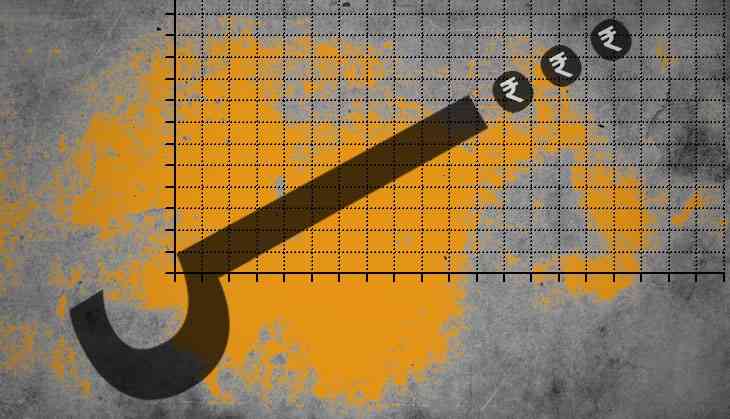An economic turnaround in 2018? A lot depends on Modi govt's skills to deal with these issues

As the Modi government enters the last full calendar year of its five-year term at the Centre, the question every policy expert has in mind is – will India's economy finally turn around?
Over the past three-and-a-half years, the economy has weathered many storms – a lot of them created by the government itself – leading to severe criticism of the government. The opposition has targeted the Modi government for causing a dent in the GDP growth which has been at less than 7% in the last three quarters.
However, if the government manages to pull things up in the final year ahead of the elections, it will be in a position to justify its actions like the note ban, Goods & Services Tax (GST) and various other policy decisions. And a flurry of data over the past few weeks has raised hopes of an actual turnaround.
Take, for example, the core sector data, which represents eight infrastructure sectors of coal, crude oil, natural gas, refinery products, fertilisers, steel, cement and electricity. It grew at a 13-month high of 6.8% in November 2017. These eight sectors constitute 40.27% of the total industrial production.
When core sectors grow, it indicates a return of demand in the economy. The consumer sentiments index, as prepared by the Centre for Monitoring Indian Economy (CMIE), rose 3.2% in November to 92.78. Similarly, exports were up 30.6% in November from a year ago, with a 19.6% rise in imports.
The month of December too looked promising.
The seasonally adjusted Nikkei India Manufacturing Purchasing Managers Index (PMI) rose to 54.7 in December from November's 52.6. A reading above 50 denotes expansion. It is the fastest expansion in five years.
If the government manages to contain the damage done by the fund shortage at the disposal of exporters introduced with the imposition of integrated GST and delays in a refund of input tax credits by the government, there is no reason why in a rising global economy, Indian exporters would be left behind. Rising activity in the economy, especially in exports, may just provide the government with the narrative of return of 'ache din' ( good days).
Challenges galore
If the positive data mentioned above creates a rosy picture of the Indian economy, there are many structural issues that may derail the chance of its full-fledged recovery.
Take for example the issue of private investments. New investment proposals by India Inc fell to a 13-year low of Rs 768 billion in the October-December quarter of 2017.
It is no secret that Indian growth is largely supported by government expenditure for the last few years. But a constant decline in private sector investment proposals indicates a big mismatch between the Indian stock markets – which are at an all-time high – and the real economic activity.
If the private sector does not have plans of increasing its investments in the Indian economy, why are company's raising billions of rupees in the stock markets? A record capital raising of Rs 1.6 lakh crore, 3.6 times the amount raised in 2016, happened in India's stock exchanges in 2017.
Clearly, the intention is to repay debt rather than invest – something that does not bode well for investors as well as economy. Moreover, in the absence of capital investment, there are no chances of job creation – a criticism that Modi government has failed to find an answer to.
Against a target of two crore new jobs in the organised sector between 2014 and 2019, Modi government is likely to end up with a figure of less than 10 lakh.
We have already seen the uprising of jobless youth in Gujarat in the recently held elections where youth from the Patidar community gave Modi and his team nightmares. The BJP registered an unconvincing victory in the state which is likely to haunt the party in elections in other states.
There is also a risk of rising fuel prices in the international market which may fuel non-food inflation immediately.
Over the past three months, crude oil prices in the international market have increased by about 28%. Every dollar rise in the price of crude oil poses serious questions for the Indian economy.
Apart from this, low investments from the private sector also threaten the fine balance the government has been trying to create between revenue and expenditure. The government is likely to breach its fiscal deficit target of 3.2% in the current fiscal due to lower revenue realisation from indirect taxes but it would not want to breach its target in the financial year of its Lok Sabha term.
This leaves the stage wide open for both the opposition as well as the ruling party ahead of the 2019 elections. While the Modi government would hope for a quick turnaround in the economy to show it on its report card, the opposition will just want the status-quo to prevail. Modi and his lieutenant, Arun Jaitley have to walk a very tight rope in the coming months.
Edited by Jhinuk Sen
First published: 3 January 2018, 19:44 IST

